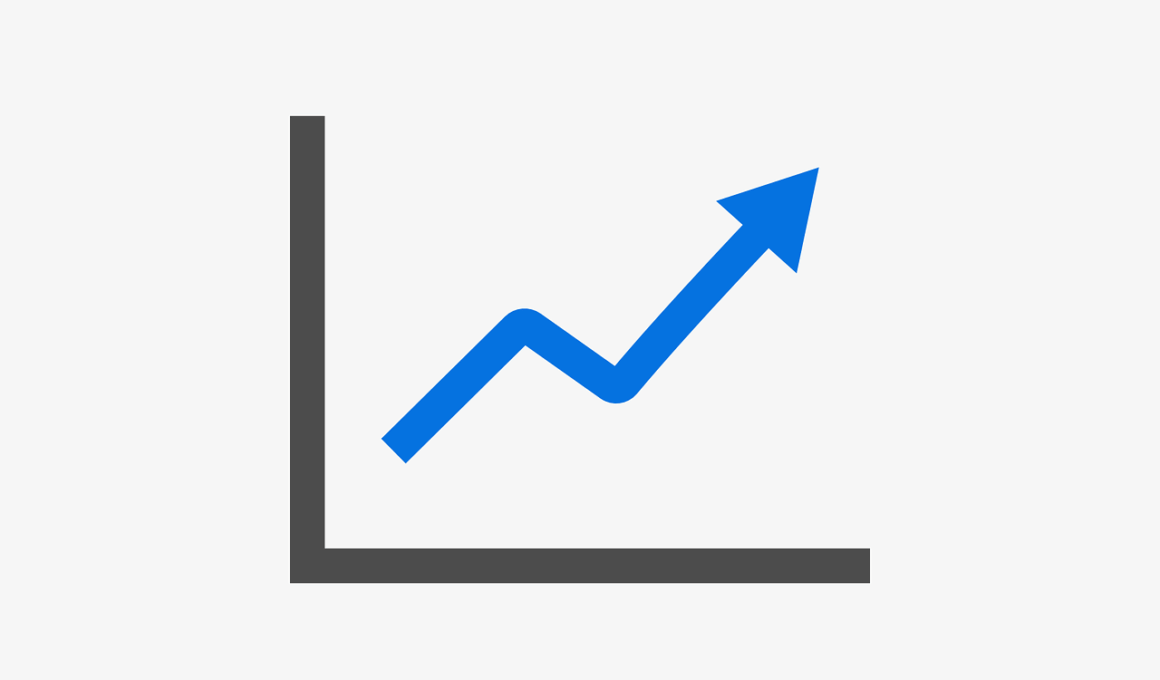Content Calendars: Incorporating Trend Data Effectively
In the fast-paced world of digital marketing, staying ahead of trends is crucial for relevance. Content calendars serve as a pivotal tool in organizing and scheduling social media posts, blog entries, and promotional campaigns. Integrating trend data into these calendars allows marketers to craft content that resonates with current consumer interests. By analyzing trending topics, companies can align their messaging with audience expectations and preferences. Observing social media platforms, Google trends, and industry news sources can provide insights into what subjects are capturing public attention. Engaging with trending dialogues enables brands to augment their reach and interaction rates. It maximizes the likelihood of visibility, driving traffic and engagement. Consistently aligning content postings with trending data enhances a brand’s credibility and reliability as an informational entity. Furthermore, this strategy fosters deeper audience connections, shaping perceptions of the brand. Involvement in relevant trends cultivates a community of followers who are interested in timely and informative content. When constructing your content calendar, consider these factors to leverage trend data effectively and improve your content strategy.
A successful approach to trend-based content scheduling is to establish a recurring review process. This enables teams to assess ongoing and new trends regularly. Setting up a weekly or bi-weekly meeting to analyze any shifts and developments in trending topics allows content creators to adjust their strategies. Utilizing tools such as Google Alerts or BuzzSumo can greatly aid in monitoring these trends. Keeping an updated list of potential content ideas that emerge from this analysis will facilitate seamless integration into your content calendar. Additionally, it helps in ensuring a balance between trend-responsive content and evergreen topics. Focusing solely on trends can detract from the essence of brand identity if not carefully managed. Always strive for a blend of topical and timeless content. Trend-based content should feel authentic to the brand voice. It’s about striking the right chord between reactive content and content curated for longevity. Engaging with user-generated content can complement your trend-based posts, reinforcing community involvement and brand loyalty. In doing so, audiences feel recognized which can enhance trust and engagement levels, leading to sustained growth.
In crafting your content calendar, remember the importance of flexibility. The digital landscape evolves rapidly, and being adaptable helps to capitalize on sudden trends. However, injecting flexibility into your planning process does not mean abandoning structure. Create a framework within your calendar, allowing designated spaces for trending topics alongside planned campaigns. This slightly fluid environment encourages creative responses when new trends arise. Designate areas within your calendar specifically for spontaneous posts that can address trending topics without disrupting previously scheduled content. This strategy will allow you to seize trends at their peak relevance. Be cautious, though, as not every trend aligns with your brand values. Conduct a thorough vetting process to ensure that your responses are appropriate and in line with your audience’s expectations. This methodology not only secures brand integrity but also fosters a loyal consumer base that appreciates consistent messaging. Finally, embracing a collaborative approach among your content team can further enhance trend-based strategy development. Diverse viewpoints enable a richer pool of ideas, which can be invaluable when brainstorming ways to tackle trending topics.
Building Audience Insights Through Trends
Understanding your audience plays a vital role in content scheduling. By using trend data, brands can dissect consumer behaviors and preferences, generating valuable insights. Identifying which trends resonate can lead to more personalized content and increased effectiveness. For instance, delve into the topics that enhance audience engagement metrics such as shares, comments, and likes. Tools like social listening platforms can reveal which discussions are igniting conversations among your target demographic. Conducting surveys and polls can further reveal preferences, guiding your content strategy towards relevant subjects. Incorporating these insights into your planning promotes a content calendar that aligns seamlessly with audience desires. In this sense, trend data acts as a compass to navigate audience interests. With these insights, content strategies become not just reactive but anticipatory, engaging consumers before they even recognize their interests. This proactive engagement fosters a sense of connection and loyalty to the brand. Leveraging audience insights derived from trends creates an opportunity for brands to establish themselves as thought leaders in their respective industries, building trust and credibility in the long run.
When scheduling content, the timing of your posts is just as critical as the content itself. This requires an understanding of when your audience is most active and likely to engage. Utilizing analytics from social media platforms can help identify peak engagement times, allowing you to target posts more effectively. Timing is particularly crucial for trend-based content, as relevance diminishes quickly after peak interest passes. Hence, timely posts will yield the best engagement and visibility. Regularly reassess your content calendar for optimal posting times, adjusting based on new data and audience behavior trends. Additionally, be mindful of the channels where your audience interacts most; different platforms may require unique timing strategies. Consider collaborating with influencers or industry leaders during peak trending periods, leveraging their followings to amplify reach. Your content deserves the attention it can gather during these moments. Use tools such as Hootsuite or Buffer to schedule posts across various platforms, ensuring coordination and timely delivery. This structured approach fosters consistency in your messaging, key to developing a recognizable online presence among followers, leading to enhanced brand visibility.
Measuring the Effectiveness of Trend-Based Content
As you implement trend data into your content calendar, measurement becomes integral for understanding success. Establish clear metrics to assess the effectiveness of your trend-driven posts. Engagement metrics such as likes, shares, comments, and post reach are a few indicators that can reveal how well your audience responds to the content. Additionally, website traffic from specific posts can provide a comprehensive view of audience preferences. Comparing performance metrics before and after integrating trend data can illustrate shifts in audience engagement patterns. Applying A/B testing methods can help refine your approach and establish which types of trend-based content resonate most effectively with your audience. Continuous monitoring of trends ensures you can pivot strategies promptly if engagement falls flat. Furthermore, collecting audience feedback plays an essential role in this process, allowing for a collaborative improvement strategy. Using tools like Google Analytics or social media insights will help visualize the data for actionable decisions. Remember, the goal is to create content that not only engages but also builds long-lasting relationships with your audience through meaningful interactions and shared experiences.
Embracing the dynamism of trend-based content scheduling fosters a responsive marketing approach. This strategy heightens relevancy, providing audiences with timely, engaging materials that resonate deeply. However, maintaining that balance is key for sustaining a brand’s identity. Your content should reflect both trends and your core message, ensuring a cohesive brand narrative. Regularly evaluating your content calendar for areas of improvement allows for sustained effectiveness in your strategies. Aim for an iterative process of incorporating new trend data while also analyzing past performance metrics for ongoing success. This creates a culture of learning and growth, positioning your brand as a credible source of information. Remember, trends will continue to evolve, but a well-planned content calendar serves as your guiding roadmap. Flexibility and a proactive approach towards emerging trends will empower your brand to thrive in the competitive digital landscape. By mastering the art of trend-based content scheduling, you enhance your capability to connect authentically with audiences. This not only increases engagement but also solidifies lasting loyalty to your brand amid changing consumer interests.
Incorporating trend data into content schedules is a journey, not a destination. Through effective content calendars and ongoing analysis, brands can secure a significant competitive advantage. Trends will continue shifting, and audiences will evolve. However, maintaining a dedicated focus on your audience’s interests ensures a brand remains pivotal in delivering valuable content. The synergy between trends, content scheduling, and audience insights creates an enriching cycle of engagement and brand growth. Each post can establish a relationship, contributing to your brand’s mission and values through meaningful conversations. This practice ultimately cements your position as an innovative leader, committed to addressing desires and interests. Continuous improvement in trend analysis fosters an atmosphere where creativity can flourish, enticing audiences with fresh perspectives. The result is a dynamic content ecosystem that thrives on spontaneity and responsiveness without sacrificing brand identity. Embrace this methodology by planning, measuring, and evolving your content calendar to incorporate trends that matter most to your audience, ensuring relevance in all aspects of your marketing endeavors. You’ll create a cycle of ongoing learning and adaptability that keeps your brand at the forefront of your industry, bolstering your competitive edge.


